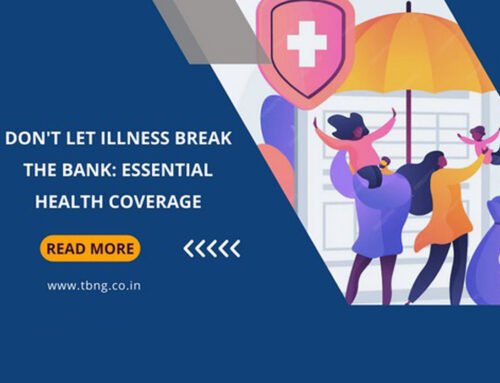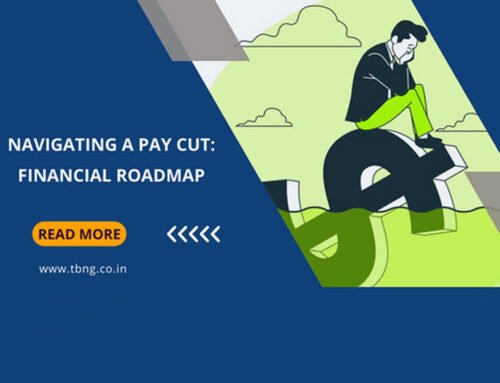Do you have your GOK fund in place? Wondering what’s that? Well! GOK fund here stands for ‘God Only Knows’ fund and is merely a quirky term for an contingency fund. Some may even call it a ‘Rainy Day fund’; it practically defines the state of an emergency, the arrival of which is pretty much unpredictable. Emergencies in all forms usually have a financial burden attached to it; loss of property, life, ill-health, business loss, all of these at some point hurt your pocket causing tremors in your stable financial status. Take the pandemic for instance, who could have ever predicted its arrival and the damage it has caused? Even worse is the fact that it is yet to blow over. The existence of an emergency fund is to safeguard you and your dependents, to keep you afloat and see you through such turmoil.
Let us dig a bit deeper into ‘Why we need it’
Having a contingency fund is like a massive cushion that can break your fall and save you from injuries. There could be a variety of reasons for an interruption in income. In this time of job losses and business standstill, an emergency fund can ensure your essentials are taken care of and you have one less thing to worry about. In times of losses incurred due to natural disasters, accidental damages, healthcare crisis, etc. this contingency fund can be the support system that bails you out. Large unforeseen expenses that pop up in the future can be tackled seamlessly with the backing of liquid cash. A corpus set aside protects you in times of unexpected cash requirements and saves you from the burden of a loan from relatives, friends, or institutions.
Hierarchy of investment needs
The very focus of financial planning is to secure your future money needs and aim towards financial freedom. To reach the destination of financial freedom the first step includes securing your essential expenses for the upcoming 3 to 6 months. Professionals and business owners are advised to ensure the amount covers 12 months of expenses for reasons that their income can be irregular or sporadic. Once you have a reserve in place to guarantee survival without an income for 3 months to a year, that’s when you invest in insurances for life and healthcare; post which you can proceed to invest for short, medium, or long-term goals to further secure your future.
What’s the figure?
So how does one decipher the correct amount for a contingency fund? There are two ways to go about it. One would be to set aside an equivalent to 3 months of your monthly income. The other is to calculate the essential expenses you incur each month. These include critical expenses like food, rent, utility bills, insurance premiums, EMIs, and recurring medical expenses. Multiply the monthly figure of expenditure by 12 and that’s the corpus you need to set aside.
Liquidity
So you have the amount figured out, but where do you park it? Liquid assets are the answer. But not all liquid assets, for example, assets like property or instruments which carry a penalty for premature encashment are best not used to park your emergency fund. Pick assets that are safe, flexible, and readily accessible or withdrawn in times of need. Fixed deposits, short term debt funds, etc. are assets that can be easily exchanged for cash within one working day. This ensures you have immediate access to your cash without any hassles.
In a recent survey in India, 60% of the respondents earning over 75,000 per month had confirmed they were saving towards a ‘contingency fund’ to survive any health shocks, emergency needs, or job-loss. A ‘contingency fund ‘received the highest response in comparison to saving for retirement, travel, child’s education, and so on. Most Indians are aware of the absolute need for an emergency fund, are you too?






